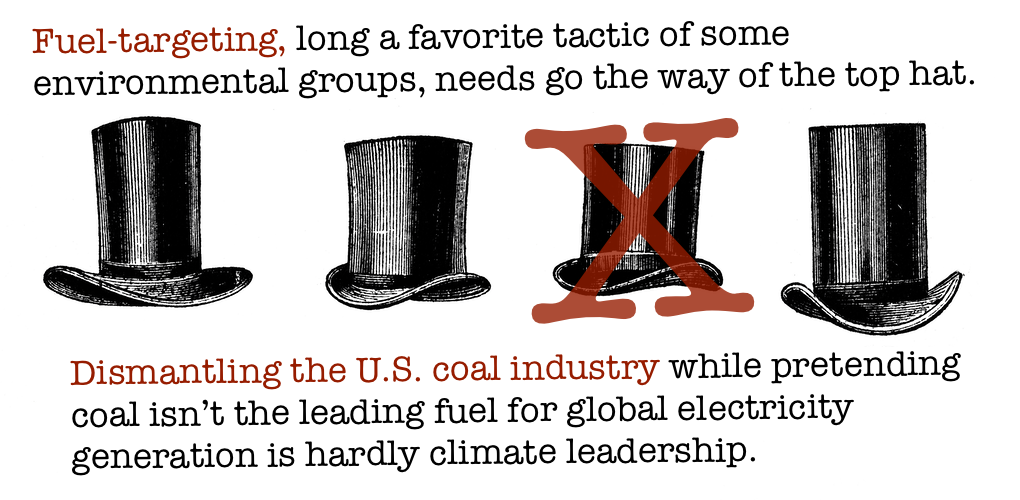
Addressing the 95% Challenge
Over the next 80 years, the U.S. is likely to account for just 5% of global emissions. That’s the finding of Varun Sivaram, an expert at Columbia University’s Center for Global Energy Policy.
As he recently told Axios, while reducing U.S. emissions is important, tackling the 95% percent challenge – rising global emissions – should be the focus. He argues that the most important thing the U.S. can do is to innovate and effectively deploy a range of clean-energy technologies in affordable ways.
With new leadership in Washington, heeding this call and remembering the 95% challenge is going to be critically important to producing effective and replicable global solutions.
A race to cut U.S. emissions using draconian policies that raise energy prices or destroy community-supporting industries with little care for the bigger more important global picture should be a non-starter. Fuel-targeting, long a favorite tactic of some environmental groups, needs to go the way of the top hat.
Dismantling the U.S. coal industry while pretending coal isn’t the leading fuel for global electricity generation is hardly climate leadership. It’s willful blindness to important energy realities. And pretending that the nation’s coal fleet doesn’t still play a critical role in balancing the grid and ensuring the affordable and reliable power consumers count on is just as unhelpful.
U.S. coal generation is in fact expected to have a bounce-back year in 2021 as it takes on a larger share of the market in anticipation of rising natural gas prices. The dispatchable fuel diversity afforded by coal generation continues to serve an essential role in shielding consumers from electricity price spikes.
Overseas, coal not only remains the leading fuel for electricity generation, it’s an irreplaceable tool in addressing energy poverty and access, and meeting the needs of a rapidly growing and energy-hungry global population on track to hit 10 billion by 2050.
Pretending that developing nations that are struggling to meet rising electricity demand will turn their back on their leading source of power to cut emissions seems wildly detached from reality.
Asia already consumes 77% of the world’s coal and that percentage will rise in the years ahead. With the world still very much in an era of energy addition, not one of flat transition, bringing down the costs of advanced energy technologies that work with the fuels and infrastructure the world has, and will continue to lean on, must be a priority.
Yet, a stunning number of U.S. climate hawks dismiss or actively oppose the wide range of technology solutions experts tell us we will need to tackle the global challenge. Carbon capture – the very suite of technologies the International Energy Agency has deemed most critical to effective global emissions reduction – is a non-starter for those who claim to care most about global climate action.
Fortunately, advanced technology solutions, with carbon capture at the top of the list, have become a place of bipartisan consensus on Capitol Hill for smart climate policy. President-elect Biden has signaled his intention to “double down” on carbon capture investment and deployment. When we consider the 95% challenge, no policy may be more important.
With the very best models on what will be required to achieve net-zero U.S. emissions by 2050 calling for science fiction-scale buildouts of renewables, transmission infrastructure and energy storage, let’s hope there’s a return to more sober, consensus-based policy analysis. Should the collective deep breath come, replicable, affordable solutions built on addressing the 95% challenge should be given the prominence they deserve.
- On January 7, 2021
